

Learning Community > Understanding Aquatic Ecosystems > 4. The Nitrogen Cycle
What is the nitrogen cycle, and why is it important?
Congratulations on making it this far in our beginner’s guide to aquatic ecosystems! From here on, we’ll briefly recap key topics covered in earlier sections. Yes, that’s right! We’ve been gradually introducing the nitrogen cycle throughout this guide, making it easier to grasp. So, at this stage, you may notice some familiar concepts rather than entirely new and complex information. As a bonus, we’ll also share helpful aquarium husbandry tips along the way. So, let’s dive in!
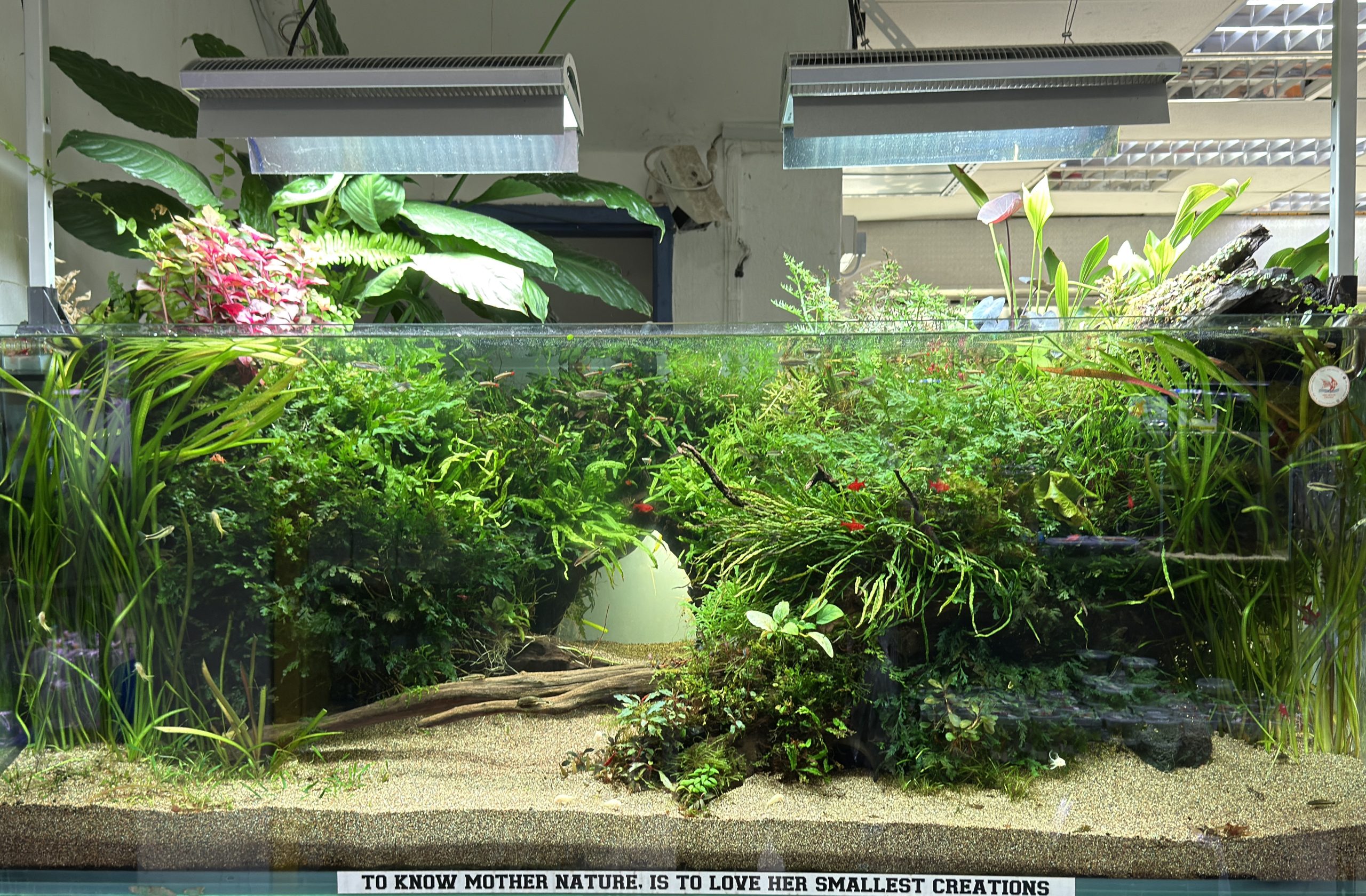
Let’s quickly go over ammonia (NH3) again. It’s an inorganic waste compound produced when organic waste materials break down, primarily due to heterotrophic bacteria. At high concentrations, ammonia is toxic to aquatic life, which is why a stable nitrogen cycle is crucial for maintaining a healthy aquarium. This process is supported by an efficient filtration system.
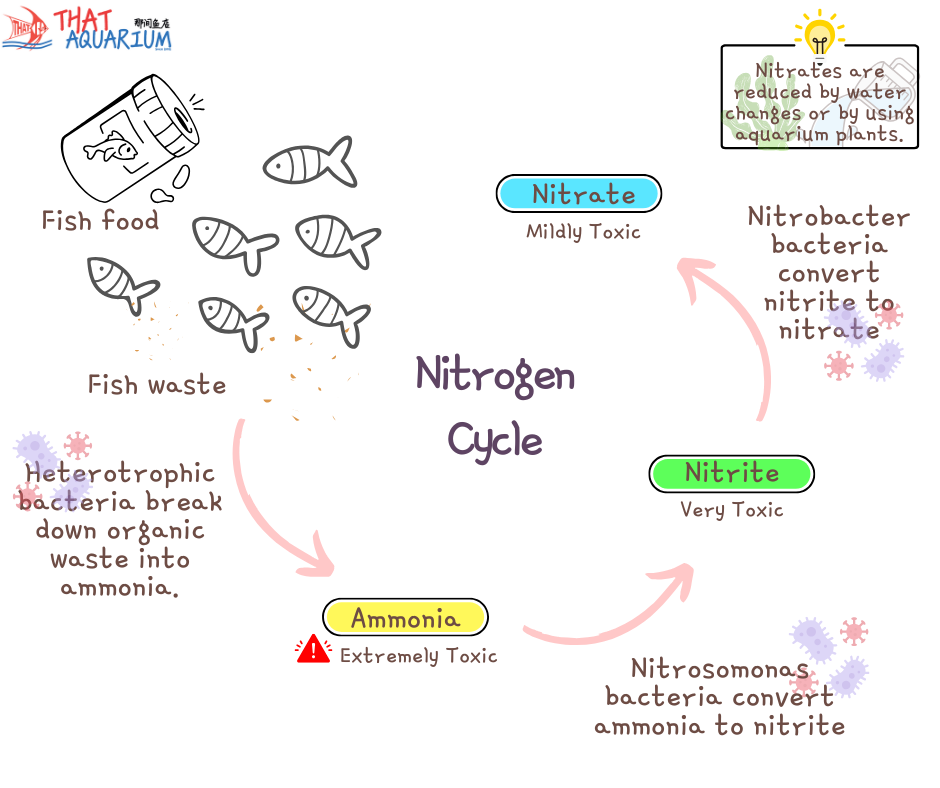
Now, you may already know that fish waste contributes to ammonia buildup, but did you know that there are other invisible sources of nitrogenous waste? Let’s explore a few:
Surprise! Alongside your beneficial nitrifying bacteria, another group of bacteria exists—one that actually increases the ammonia load in your aquarium. These nitrogen-fixing bacteria take atmospheric nitrogen and convert it into ammonia. Why? It’s simply part of nature’s process to make nutrients available to plants. While they thrive in terrestrial soil, they can also appear in aquatic environments. However, if your filtration system maintains optimal conditions for nitrifying bacteria, nitrogen-fixing bacteria will have limited space to establish themselves, keeping their population under control.
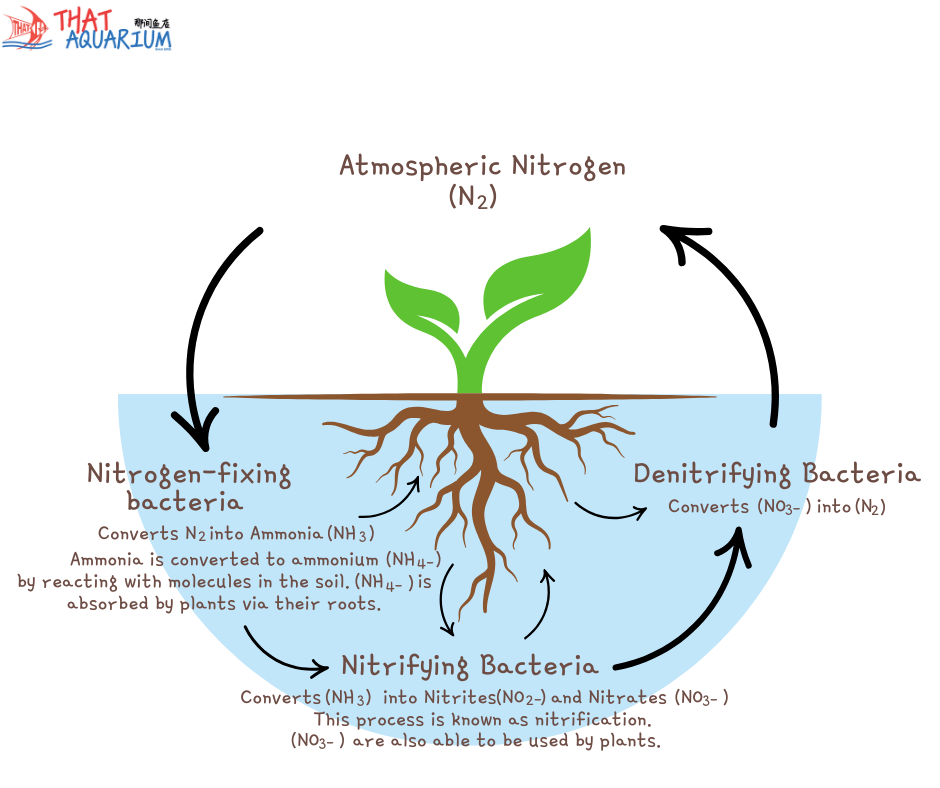
When plants or their leaves decay—whether due to natural shedding or neglect—they release ammonia and nitrate into the water. This is why we recommend hardy aquarium plants that thrive with minimal upkeep. A well-maintained plant selection reduces decomposition-related water quality issues. Not sure which plants to choose? Our plant hobbyists are always happy to recommend the best species for your aquarium!
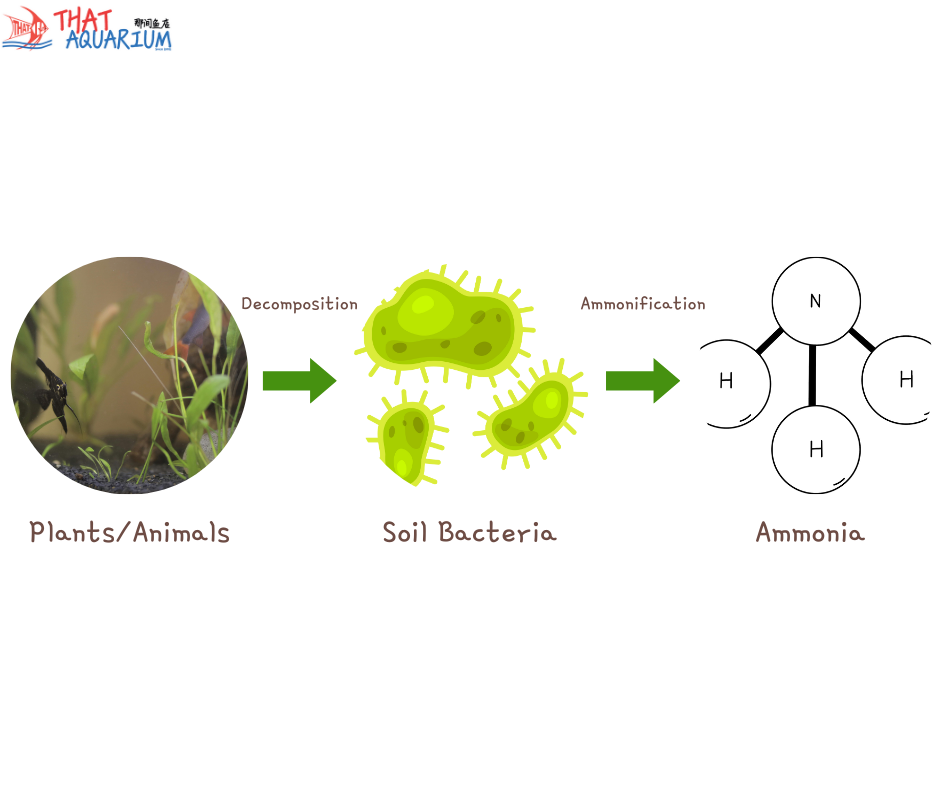
This one’s a big no-no! Uneaten food rapidly breaks down, releasing ammonia and other harmful compounds into the water. Fish food is rich in proteins, oils, and other ingredients that can severely degrade water quality if left to rot. As a rule of thumb, feed your fish until they appear about 75% full. Remember, in most cases, a fish’s stomach is roughly the same size as its eyeball—so don’t overdo it!
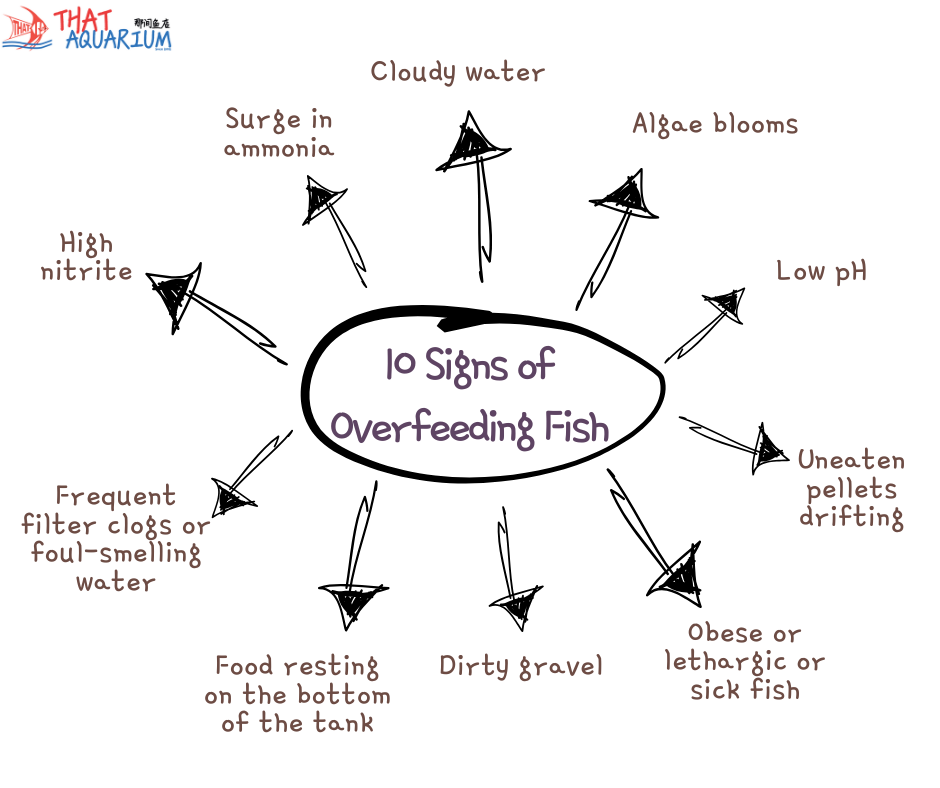
Certain fish species, like stingrays and sharks (elasmobranchs), excrete a concentrated ammonia compound known as urea. If you’re considering keeping freshwater stingrays, you’ll need a powerful filtration system to handle their high bioload. Always research a fish’s care requirements before adding it to your aquarium—especially species with specialized needs. A general rule: the more expensive the fish, the more demanding its care requirements tend to be. Starting with hardy fish will build your confidence and fishkeeping skills before tackling more challenging species.
Fish excrete waste in two forms: solid fecal matter (organic) and ammonia (inorganic) through their gills. Here’s how beneficial bacteria manage this waste:
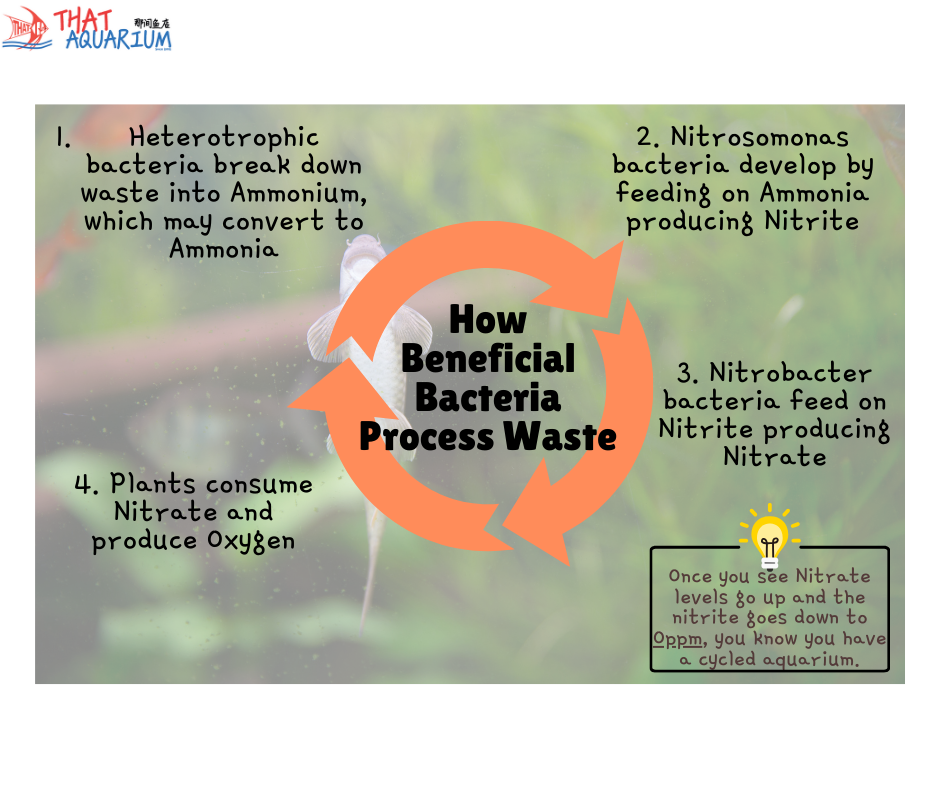
This process, called nitrification, happens in the presence of oxygen, making it an aerobic process.
Did you know that another group of beneficial bacteria can remove excess nitrates from your aquarium without needing oxygen? These are called denitrifying bacteria or anaerobes. Unlike aerobic nitrification, anaerobic denitrification occurs in low-oxygen environments, such as deep substrate layers.

Anaerobes thrive in areas where oxygen is scarce, such as within compacted sand beds or deep substrate layers where water circulation is minimal. However, if waste accumulates excessively in these areas, toxic by-products like hydrogen sulfide (H2S) can form, giving off a rotten egg odor.
To prevent issues:
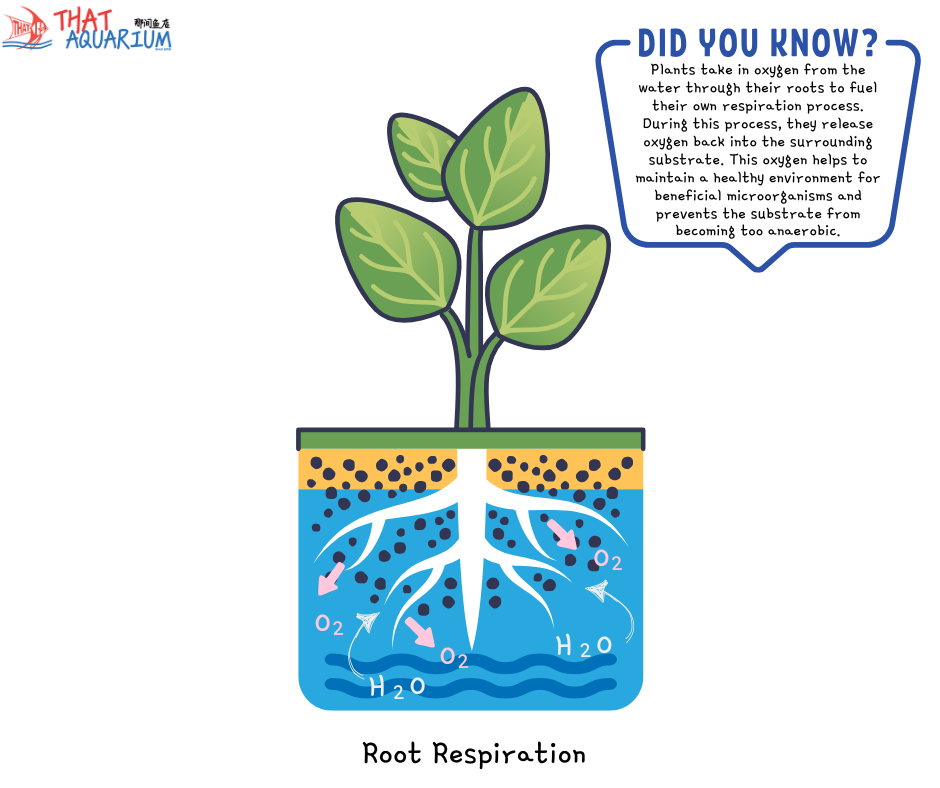
Thus, the way forward toward establishing equilibrium within your aquarium is by managing its nitrogen cycle. Finding harmony between aerobic nitrification and anaerobic denitrification in practice is a lot easier than it seems. All that is required of you can be simplified in just three steps:
That’s Simple!
There are two ways to establish your nitrogen cycle: ‘cycling’ your aquarium. The first method is the natural way. By simply letting your newly set up aquarium run its course for several weeks in the absence of fishes, aerobic nitrifying bacteria will naturally occur in your aquarium. This will be evident as you notice a decline in your aquarium’s ammonia level during water testing, and as the weeks progress, your nitrite levels will rise. Finally, nitrite levels will decline as nitrate levels climb, and this is the indication that your tank has completely cycled and is now ready for fish to be stocked into the aquarium.
Under no circumstances should you introduce fish into your tank when ammonia and nitrite levels are detectable. Always cycle your aquarium fully.
Tips: To play safe, make sure ammonia and nitrite levels are at 0 ppm. If they are not at this level, reduce feeding, reduce the bioload, and perform more frequent water changes. If you encounter this issue, please bring about 100ml of your aquarium water to our stores. We offer free water testing, and our staff will be happy to guide you step by step to resolve the matter.
This can take weeks to slightly over a month, and thus, it brings us to the second method, i.e., the sped-up cycling process. Using the sped-up version of the tank cycling method allows you to establish nitrification almost instantly. This allows fish to be stocked in an aquarium for more days. There are two ways to do this:
Of the two methods, the second method—running a mature filter on your new tank—achieves the fastest cycling. This involves transferring established bio-media from an existing tank to your new aquarium, instantly introducing a thriving colony of beneficial bacteria. As a plus, this method is more stable and less likely to crash since the bacteria are already well-established within the bio-media. Do note that beneficial bacteria are sedentary in nature and grow attached to surfaces through the biofilm that anchors them in situ. These bacteria are not free-swimming, meaning that adding old aquarium water will not help your new aquarium cycle faster, if at all.
Tips: However, using established bio-media does come with a downside: there is a risk of introducing pathogens into the new tank. While fish in the existing tank may have developed immunity to these pathogens, newly introduced fish may be more susceptible to infections and diseases. Nevertheless, if you are upgrading your tank and rehoming your existing fish into the new setup, then reusing all your old, established bio-media is highly recommended. This approach not only speeds up the nitrogen cycle but also ensures a stable and healthy environment for your fish.
By understanding and managing the nitrogen cycle, you’ll create a thriving, well-balanced aquatic environment. Happy fishkeeping!
👉 Next Up: We’ll explore understanding new tank syndrome — where patience is the key to success.
Proudly presented by our That Aquarium Digital Team, where innovation meets aquatic excellence.
Published on 13 June 2025
Author: Saufi
Illustrator(s): Nor Haliza, Chai Minyu, Kelvin Phua, Abbie Tan
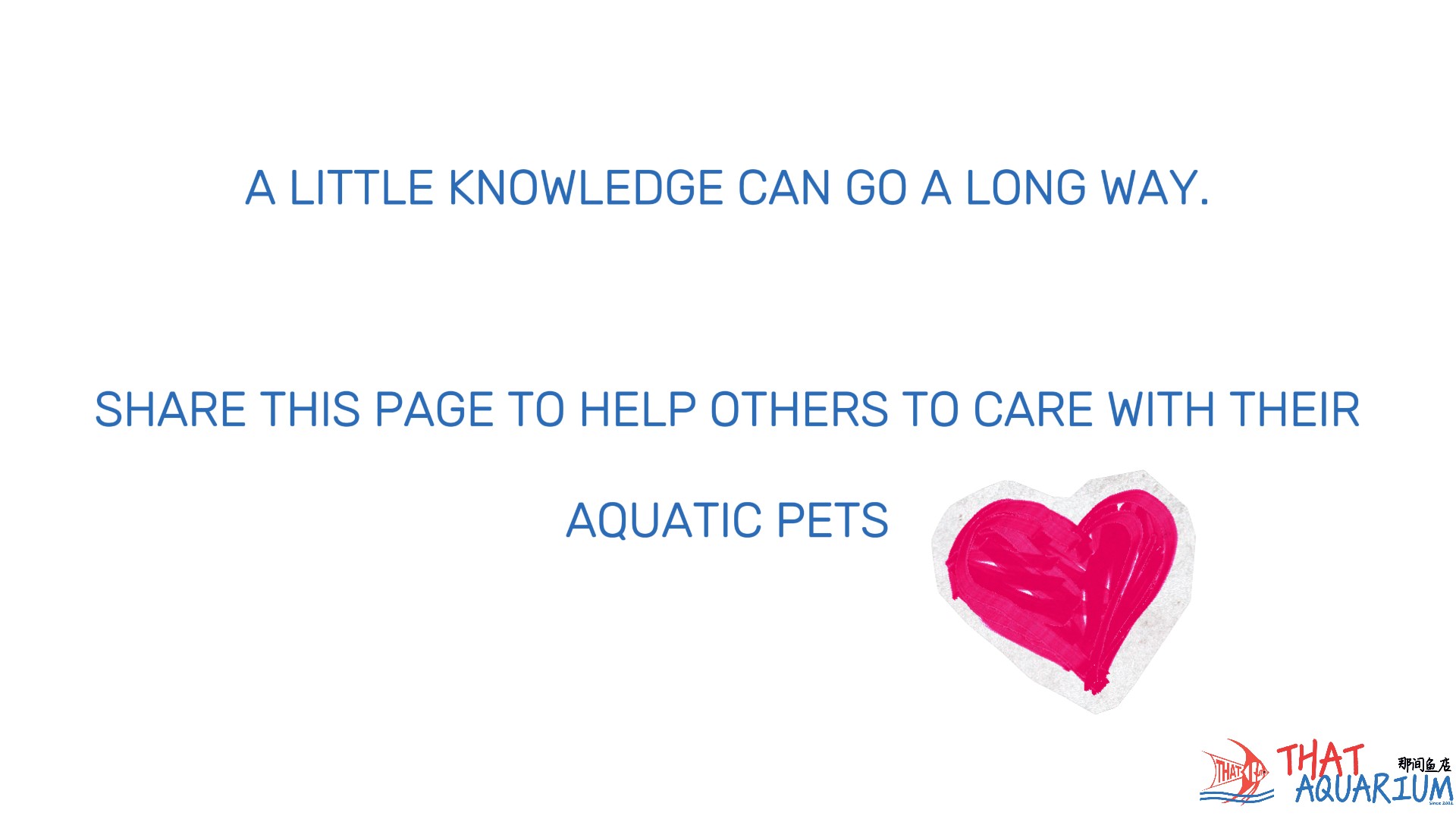

At That Aquarium, we believe that exceptional CARE is the foundation of our success. We are committed to treating each customer and every aquatic life with genuine compassion and respect. Our dedication goes beyond providing quality products and services; we strive to create a nurturing environment that delivers a therapeutic experience for our customers, our aquatic life, and our team. Guided by principles of integrity, forward-thinking mindset, and continuous improvement, we aim to foster a harmonious and supportive atmosphere. Our focus is on ensuring that every interaction reflects our dedication to excellence and our care for both our people and our community.
That Aquarium